The long drive from the Heho airport to Nyaung Shwe was a very different experience from driving through Yangon. My taxi passed by overlooks over forested valleys, people herding livestock, small villages, people bathing (still wearing their longyis, of course) on the side of the road, the most overloaded trucks I’ve ever seen, with people and belongings practically bursting from the seams. The road was often paved only enough for one vehicle to drive on it, so we constantly had to pull off the side of the road to let a horse-cart, motorbike loaded with building supplies, or truck to pass by.
After a six hour delay at the airport, I didn’t arrive to the town of Nyaung Shwe until dusk. At this time, the small town seemed alive with people. With very few cars, bikes and motorbikes drove slowly down the streets, where people stopped to greet neighbors out grilling meat, trimming hedges, or playing chinlone, a popular Burmese game that seems a lot like hackysack. My hotel here was again a highlight, as I was able to relax and watch the night set in over complimentary tea and fruit in the garden of the Aquarius Inn.
The real attraction of Nyaung Shwe is its proximity to Inle Lake, which is best experienced on a day-long boat ride–the lake is almost 45 square miles, and home to over 70,000 people, so it’s almost like visiting another city. My boat driver met me outside the Inn at 7:30, and soon we were off on his motorized wooden long boat. As we emerged from the canals into the lake itself, the horizon of water seemed to expand endlessly, with only faint mountains to be seen that served as a backdrop for the silhouettes of morning fishermen. The lake is famous for the “leg-rowing” Intha people who live and work here. Their traditional means of fishing involves using one leg to row the boat, giving their arms a rest and allowing a better vantage point to spot fish below. At around 8am, the lake was dotted with many of their slow moving boats. Our first stop was to a rotating market, which changes location everyday, where I got out and perused the handicraft and souvenir stalls, followed constantly by calls of “Sister, sister, just looking” and “lucky money, lucky money.”
There are numerous separate communities on the lake, grouped in various “floating villages,” that consist of houses, shops, and temples, either on small islands within the lake or on stilts, forming watery highways and alleys that can only be navigated by boats. Over the next 8 hours, my boat plied the throughways of these watery towns, stopping at various workshops for me to watch artisans at work (and if they were lucky to purchase something). I stopped at a silversmith, a blacksmith, a homemade paper umbrella shop, a weaving workshop, and cheroot shop (traditional Burmese cigars). In between the shopping, I visited several temples, including the “jumping cat” monastery, where monks have famously trained the resident cats to do tricks, but whose performers were napping amidst the Buddhas when I came. Amongst all the demonstrations of paper-making, cigarette-rolling, and so on, the most fascinating part was just riding in the boat through the villages and marveling at the stilted wooden houses where the stairs let straight into the water, and waving at the children playing or hanging laundry on the porches. In a few of the villages, extensive tomato gardens are set up on trellises put into the masses of floating mangroves, and farmers row between the rows of crops to harvest.
The next day, with a few sunburnt hours left in Inle before flying back to Yangon, I decided to take a short self-guided hike outside the town that was recommended by the women at the Inn. The roads grew dusty as I walked out of Nyaung Shwe, and some small mountains came into sight. Children waved curiously from villages, and chickens and cows meandered on the side of the road. Partway along the route “cave temple” was marked on the map. Just as I was trying to interpret the handpainted sign in front of me, a thin, wrinkled monk, who looked almost ageless beckoned with a flashlight. He led me down the stairs to the cool cave, handed me to flashlight and pointed for me to wander off on my own to see the small paths and crevices painted with Buddha images. After I emerged from the cave, he motioned for me to sit on the porch outside his shack, while he served me tea (out of a container that read “Eagle Lacquer Thinner,” and I hoped and assumed has been washed many times), crackers, and pan sugar candies. He sat and smoked a cigarette, I nibbled crackers and prepared myself for the 90 degree descent back to Nyaung Shwe. With hardly any common language between us, there was not much to say except chei-zube, Thank you, as I waved and turned back down.






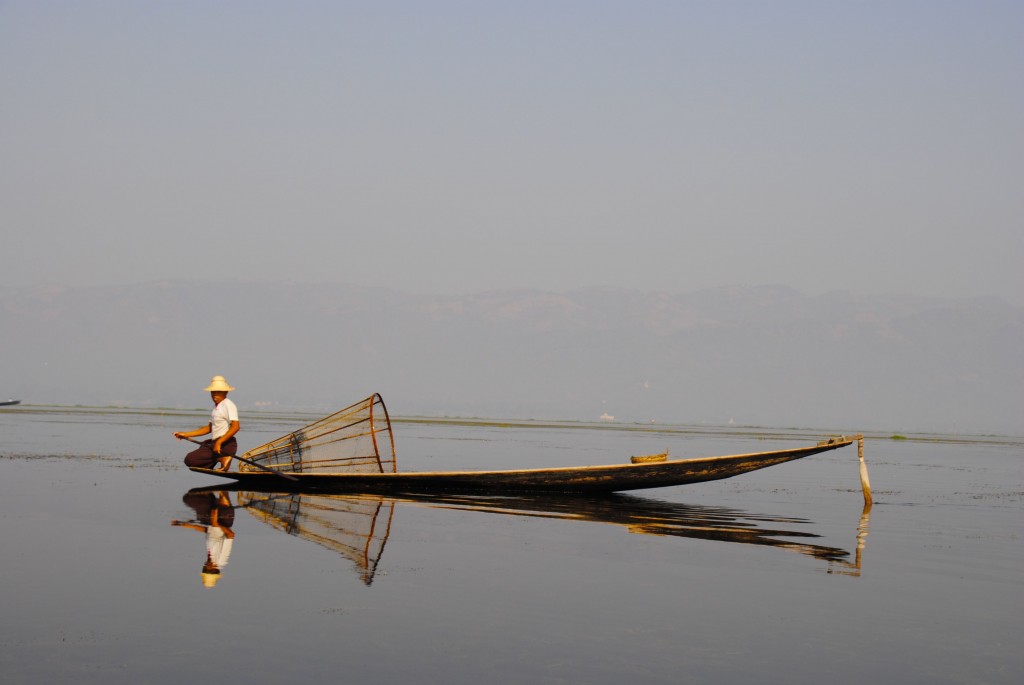
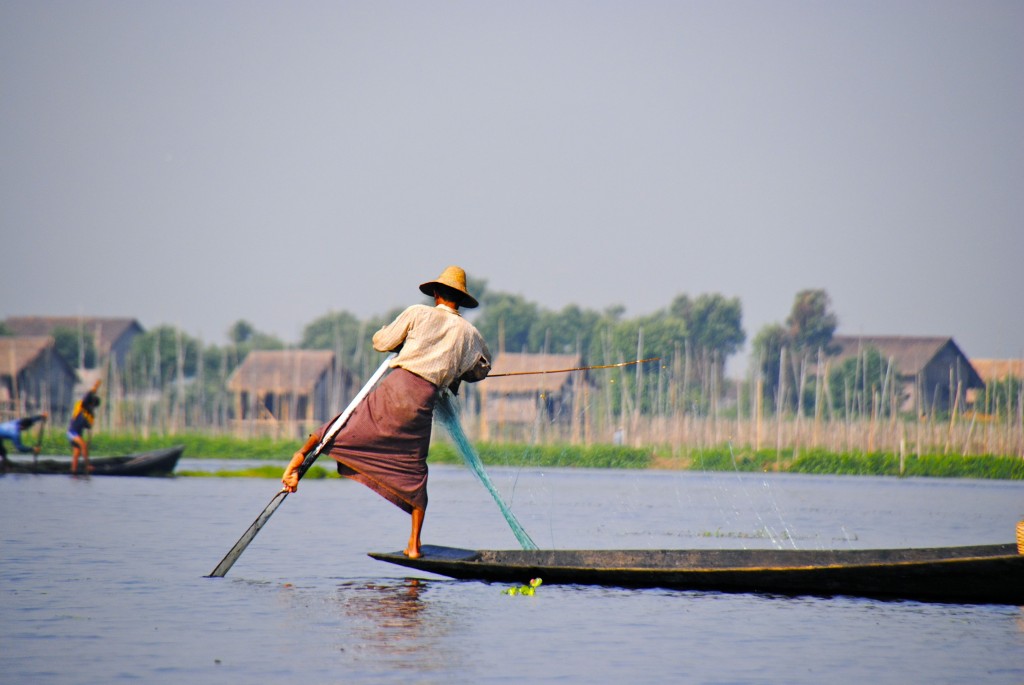
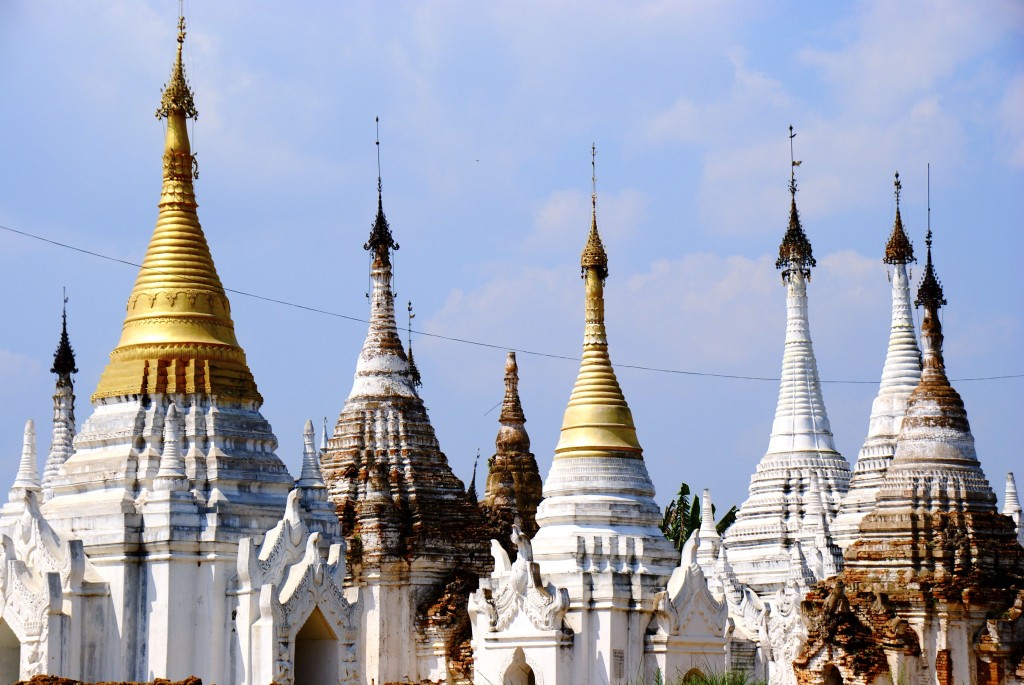
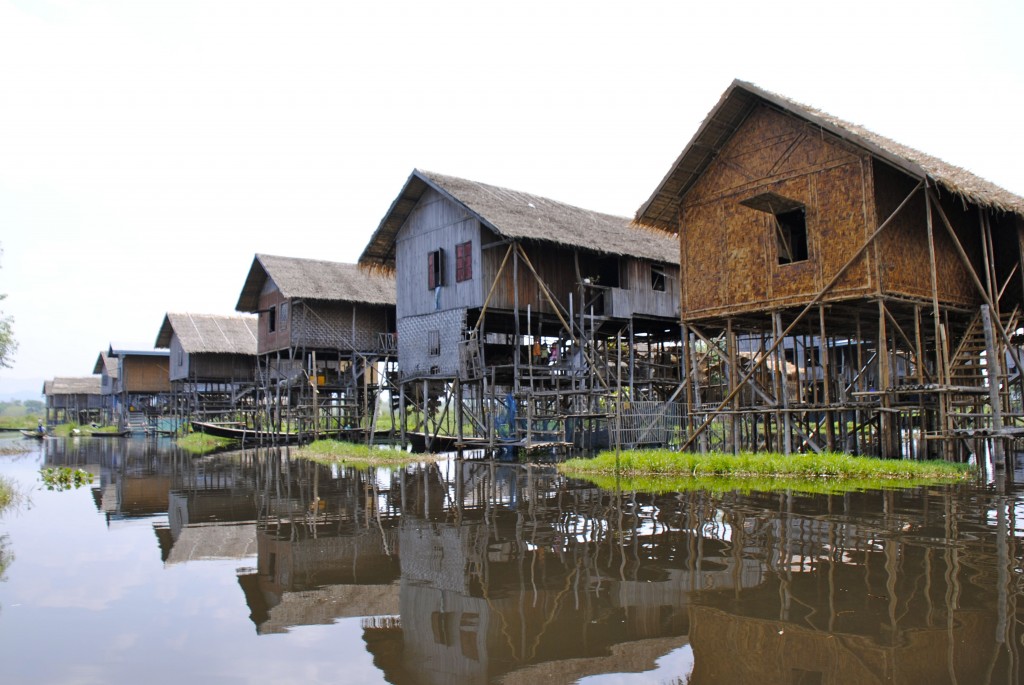
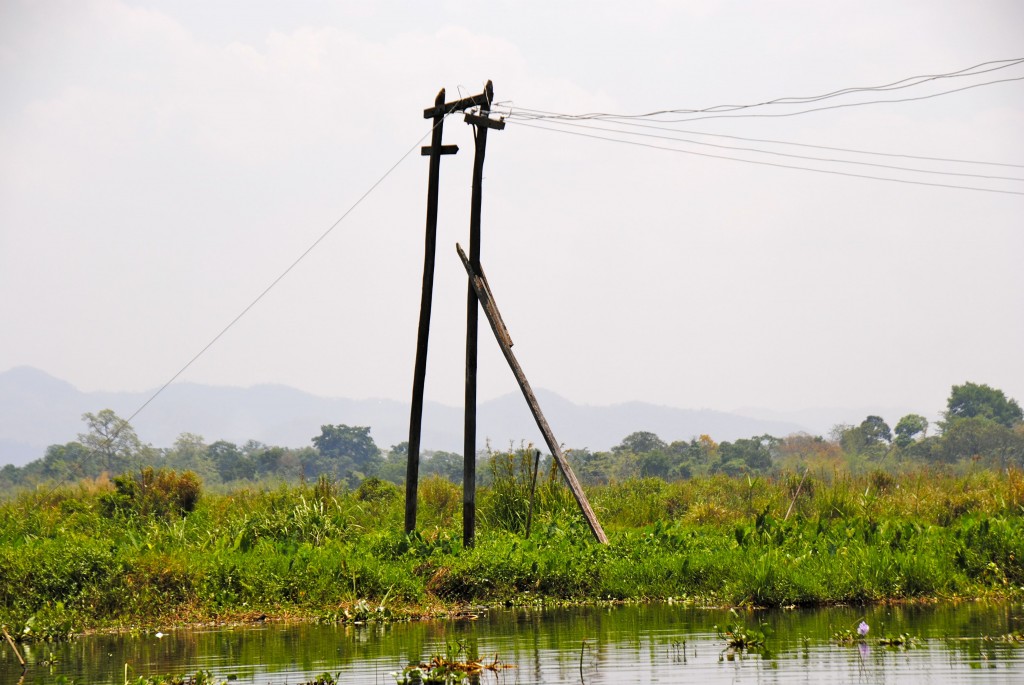
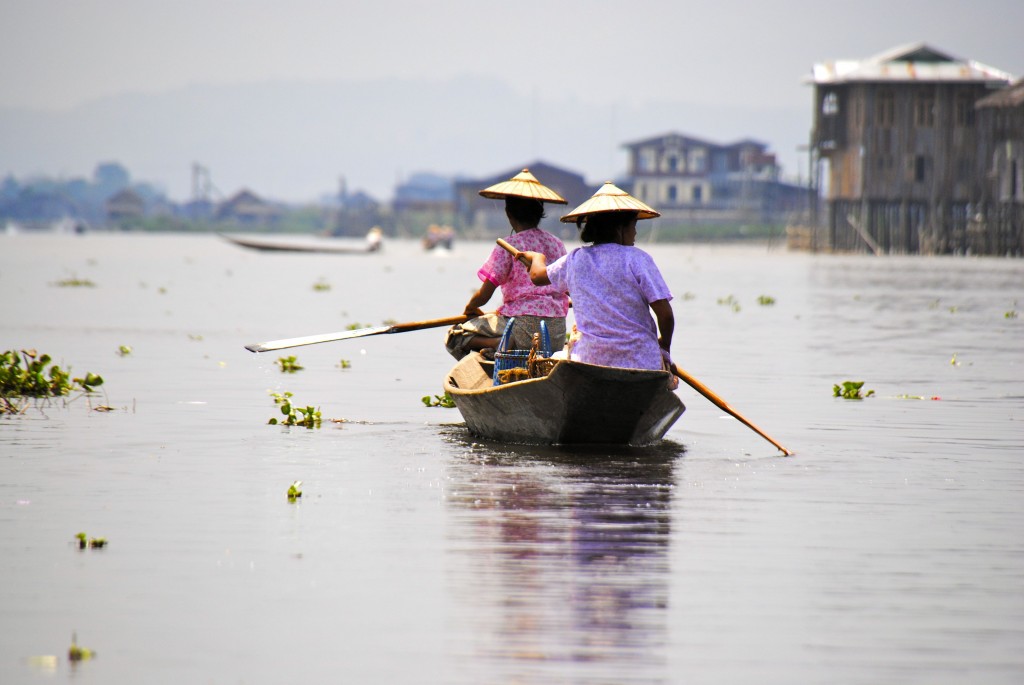
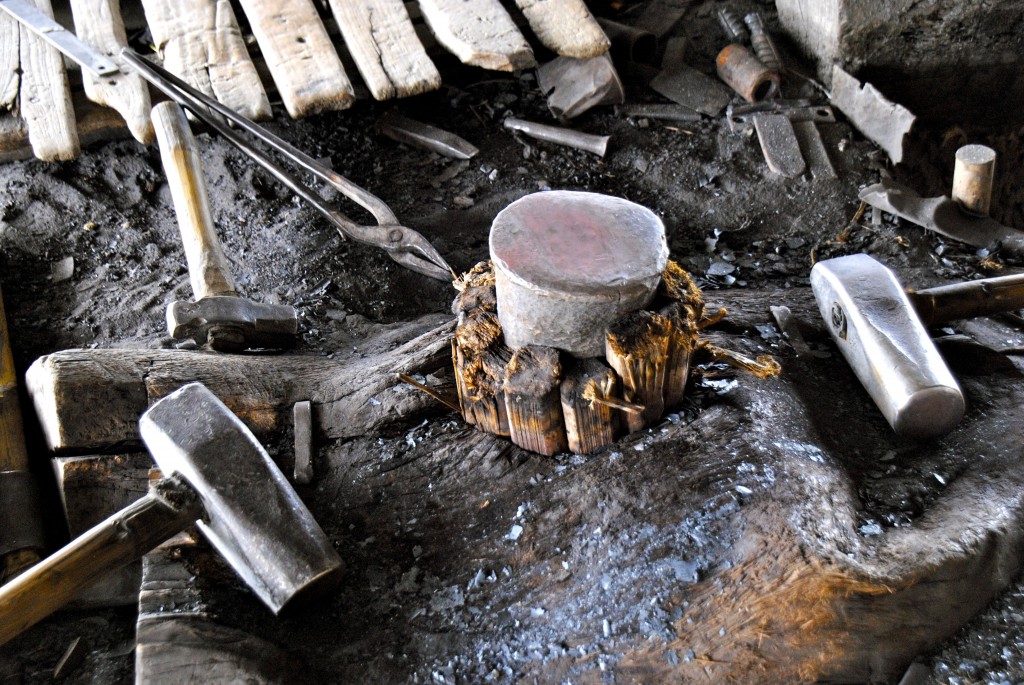
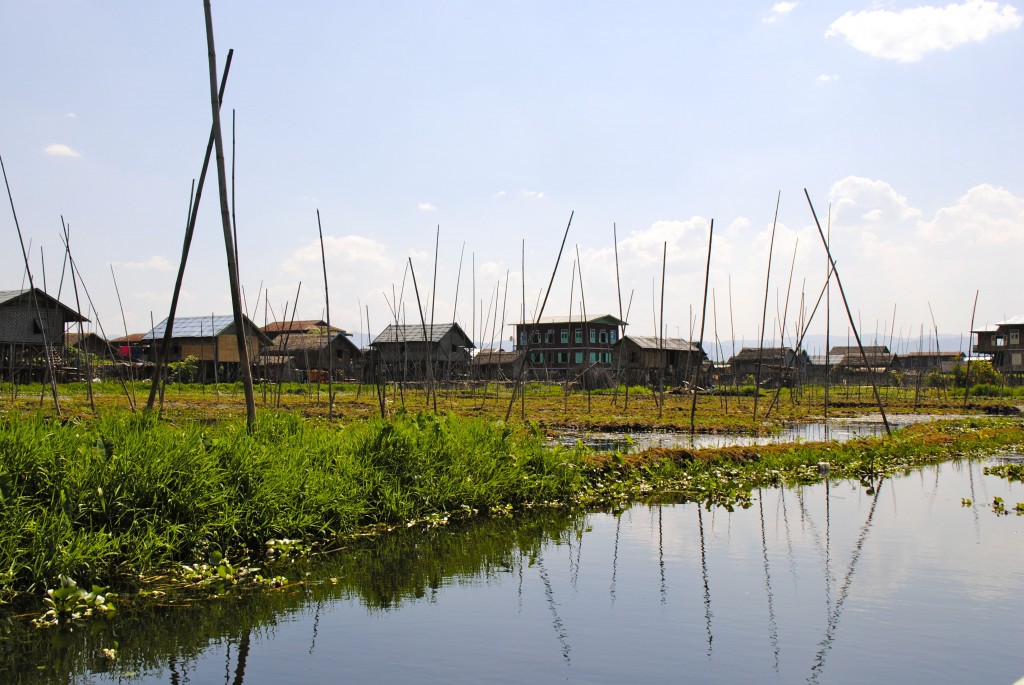
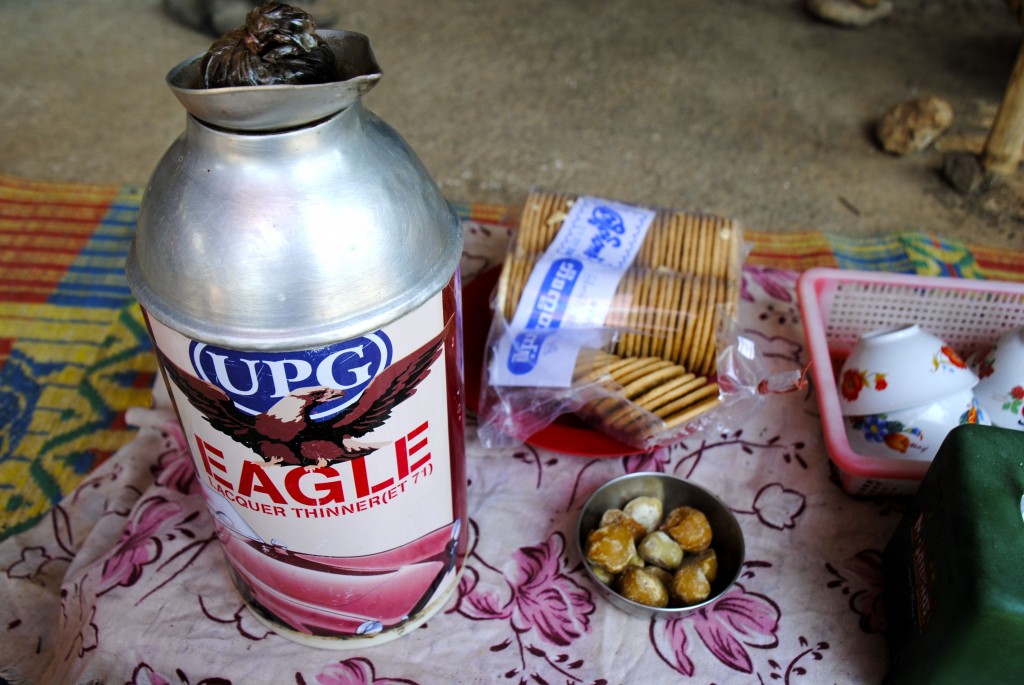
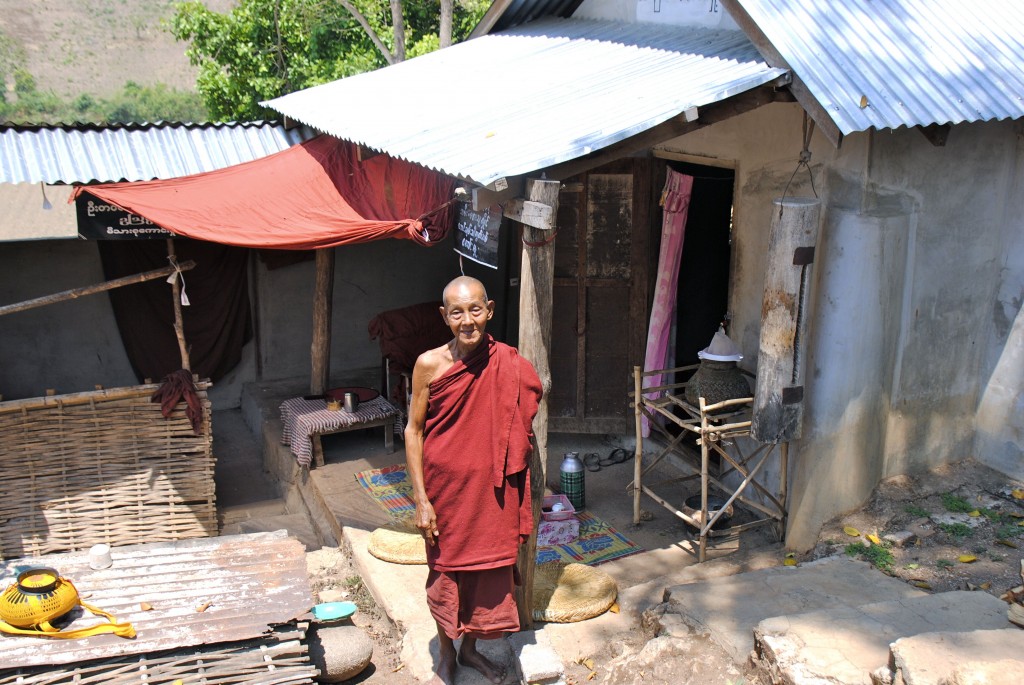
If I wasn’t lazy enough to have a blog, this post describes exactly what I did at Inle Lake. As in, to the sentence.